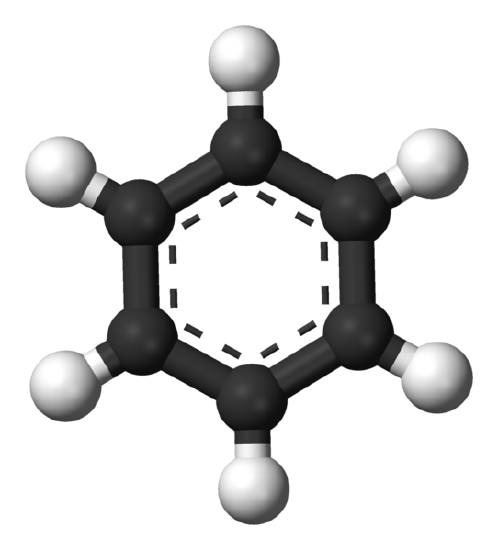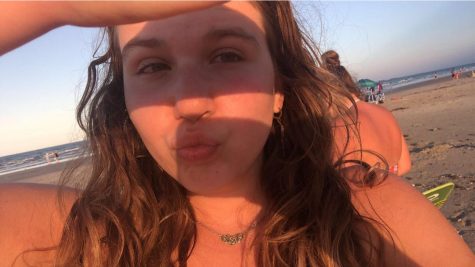Hazardous Chemicals Found in Popular Sunscreen Brands

Wikimedia
The chemical benzene has been detected in several sunscreen products. Due to the hazardous nature of benzene, many have expressed concerned about the safety of such products. Photo courtesy of Wikimedia
September 7, 2021
Recalls of popular sunscreen brands have consumers questioning whether their attempts at cancer prevention have done the opposite. Formulas made by Neutrogena, Aveeno, Banana Boat, Sun Bum, Babyganics, CVS Health, Raw Elements and several other companies allegedly contain a human carcinogen known as benzene.
This is the same toxic yellow compound that is found in gasoline, cigarette smoke, and paint thinners. According to Valisure’s lab of trained scientists, the chemical is listed as a class one solvent, which can be considered as heavily toxic. Dermatologists agree that there is no safe amount of benzene that is acceptable or “unavoidable” when creating an SPF formula. You can view both the list of products that contained benzene and the products in which benzene wasn’t detected in Valisure’s reports.
As for the question of how benzene got into these products in the first place, the answer is hidden within the manufacturing contamination. Most companies claim they don’t know the real reason themselves and are working to find out with their suppliers. IB Physics and Chemistry Teacher Mr. Callum Campbell suggests how a hazard like benzene could be added into the mix.
“It might be used to clean the equipment or to maintain it in some way,” Mr. Campbell said. “It might be used in the same plant for something else that they make, then they don’t clean the machine or something. There could be other ways that it’s getting in there.”
Some other uses of benzene in the manufacturing industry include plastic, synthetic fibers, rubber lubricants, dyes and more. A bad accident with these could be the explanation as to how such a hazardous chemical got into lotion but it doesn’t add up. Mineral/chemical based sunscreens are the only products that seem to have this scandal.
Benzene is not the only toxic element that consumers are concerned about. As of 2021, many states including Hawaii, Florida, and California have made it illegal to use sunscreens with oxybenzone and octinoxate. These two particles are used for blocking ultraviolet rays. However, they are proven to be high contributors to coral bleaching and can cause damage to marine life. Aquatic and Environmental Science Teacher Ms. Sheryl Littleton shares her understanding of how this bleaching occurs.
“Oxybenzone’s main job in sunscreen is to block out UVA and UVB light,” Ms. Littleton said. “Corals need the sunlight in order to grow and that’s how they feed. It blocks out the light from them as well, and then they are not able to photosynthesize, and they die off which causes the coral bleaching. I think we should all be conscious of how we affect the environment around us.”
You can view the full Haereticus Environmental Laboratory (HEL) list of reef damaging chemicals at the HEL website and more in-depth explanations as to how these compounds affect land and sea ecosystems.
Although these formulas are being replaced with safer ones, the FDA will still continue to approve ingredients that are known to be potentially harmful to humans as well as the environment.
“Manufacturing standards often lag the current research,” Mr. Campbell said. “I’m not surprised a lot of these chemicals are in there because the FDA will take 15 to 20 years to see all the research that comes up about that chemical, and by the time that it’s declared hazardous, the manufacturers are already using something else.”


